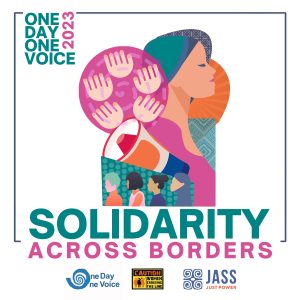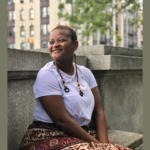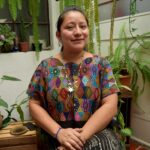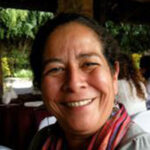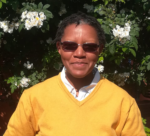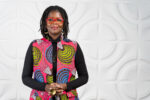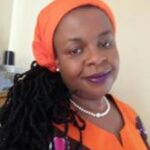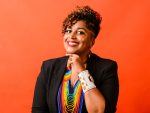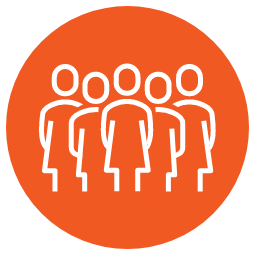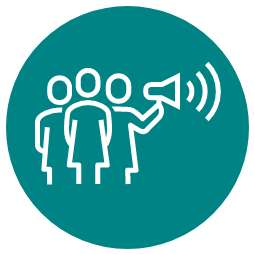INTERSECTIONALITY
There was one thing that unified us: the fight to be recognised for who we are, as lesbians, as gays, as trans folks, as intersex people, across the world, and yet we were quite slow in recognising not only the privileges we hold but the other systems of oppression that are key in our fight for sexual liberation.
Phumi Mtetwa, JASS Southern Africa
IN BRIEF
Intersectionality is a way to understand how different aspects of people’s identity interact and converge to shape very different experiences of life and power.
How do gender, race, ethnicity, sexuality, class and other differences shape us and our contexts? For Phumi Mtetwa, a working-class black lesbian feminist in South Africa, these intersections shaped the injustices she has faced and also the ways she has organized for change.
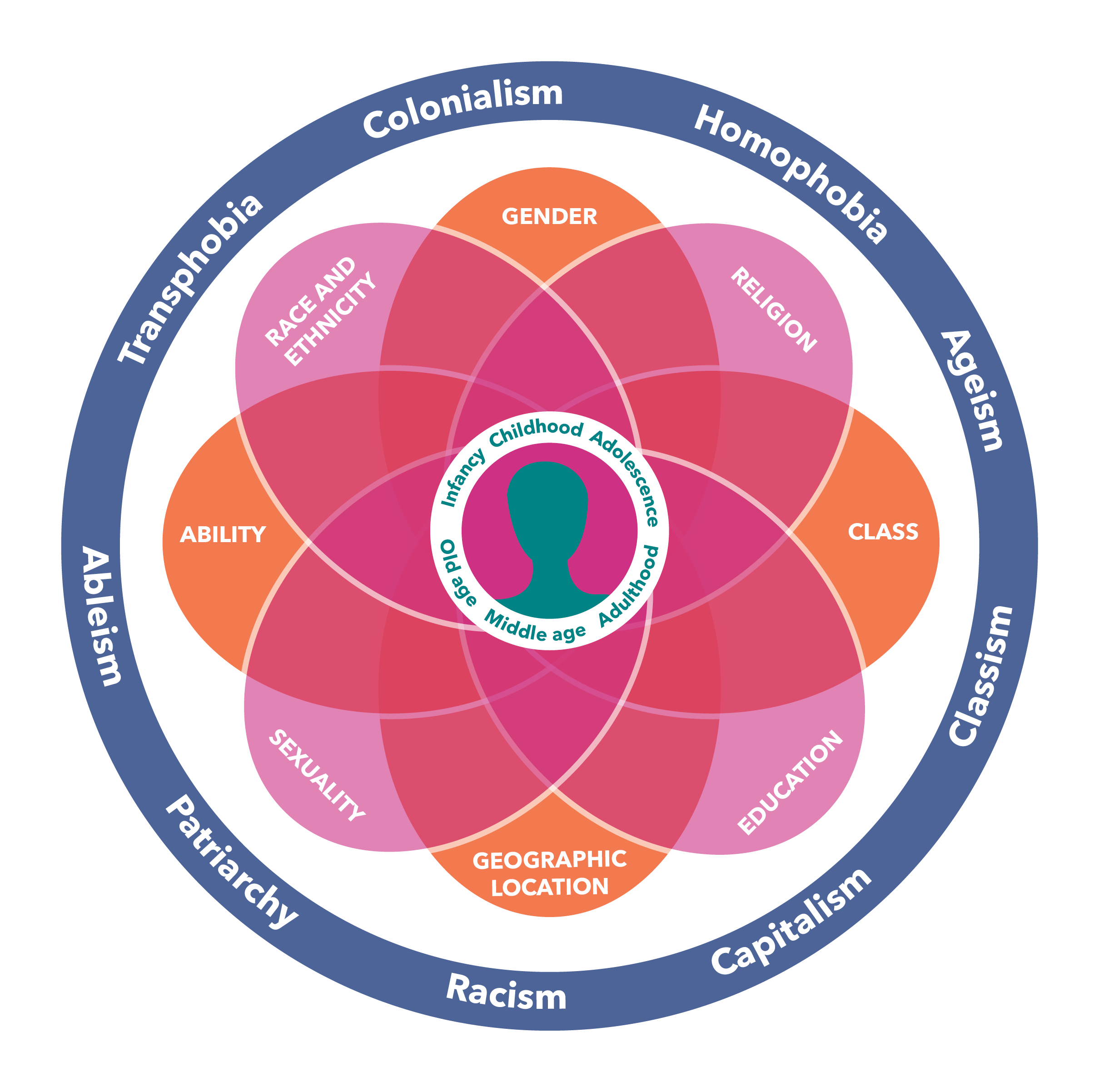
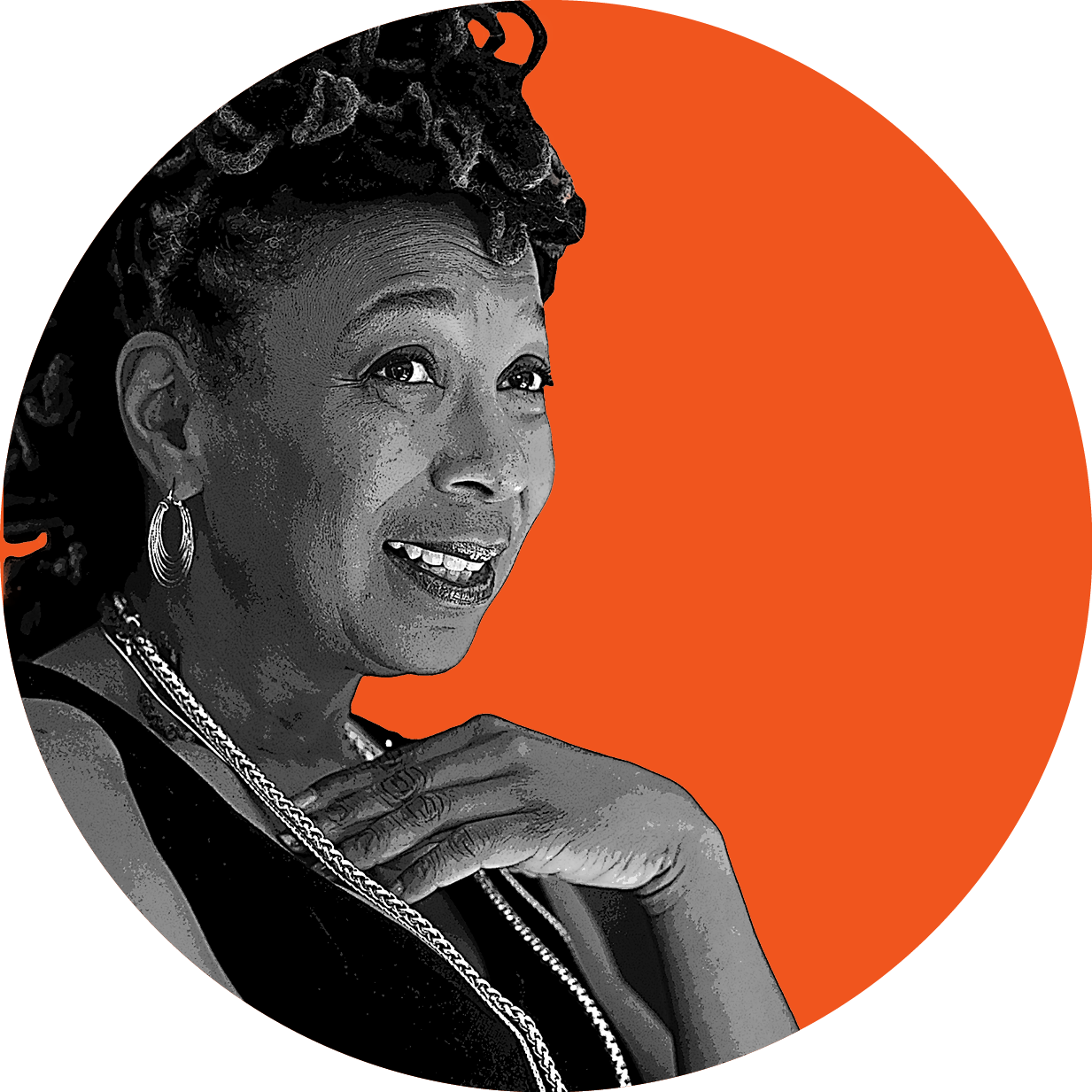
“Intersectionality is a way of thinking about identity and its relationship to power…. It’s basically a lens, a prism, for seeing the way in which various forms of inequality often operate together and exacerbate each other. We tend to talk about race inequality as separate from inequality based on gender, class, sexuality or immigrant status. What’s often missing is how some people are subject to all of these, and the experience is not just the sum of its parts.”
Kimberlé Crenshaw, Professor of Law at Columbia University and University of California Los Angeles, who coined the term “intersectionality” in 1989
IN JASS
Intersectionality is a crucial dimension of building movements. If we can understand how we are weakened by our lack of understanding and solidarity across lines of difference, we can work to heal divisions and build trust. When we see the intersections and connections among our struggles and our futures intertwined, we can forge alliances based in our collective power.
We see intersectionality as a tool for analysis and strategy, having meaning on three levels.
1. identities
Our complex identities – in terms of race, ethnicity, class, gender, sexuality, ability and other factors – translate into different experiences of power, privilege, access and safety.
2. systems
Our institutions are shaped by the intersecting logics of systems such as patriarchy, capitalism, white supremacy and colonialism. Inequities are baked into the family, school, workplace, parliament.
3. solutions
Our lived experiences of all of our identities form a rich base of knowledge from which to envision and lead change.
IN ACTION
IN DEPTH
Patriarchy doesn’t work alone. It is intertwined with other systems of domination based on race, class, ethnicity, sexuality, religion and other aspects of identity. As a result, women experience inequality differently.
IN MANY VOICES
We need to start listening to ALL women, not only women who have been privileged through birth, geography, economics or just luck.
Theo Sowa, African Women’s Development Fund
Some of these identities give us a leg up, while others push us a rung down the ladder. The combination of identities can compound (or diminish) advantage or compound (or relieve) harm, and there are perhaps endless variations. The point of intersectional practice is to look at all these possible combinations of privilege and vulnerability, rather than just stopping with the ones that apply to us, whoever we are.
Rinku Sen, US racial justice activist and writer

IN GROUPS
JASS brings an intersectional lens to our work on multiple levels:
● to build understanding and trust among women who are different
● to deepen our analysis of the interconnected structures of oppression
● to enable us to work with allies who are different but share some of our political goals
● to define a change agenda that doesn’t leave some parts of ourselves or our communities out
● to build political power
At different moments we use different methodologies and tools to understand and apply the concept of intersectionality. How do identity, power, subordination, and exclusion affect our organizations, ourselves as individuals, and our social change strategies? How can we best join forces across our identities to forge interconnected movements?

1. identities
An activity called the Identity Flower demonstrates how diverse identities coexist within each of us and change throughout our lives. It introduces the idea of intersectionality and a dynamic view of personal and collective development.
Through the Power Flower exercise, a group can explore intersectionality more deeply. We come to appreciate the relational nature of power and understand how our intersecting identities contribute to both oppression and privilege.
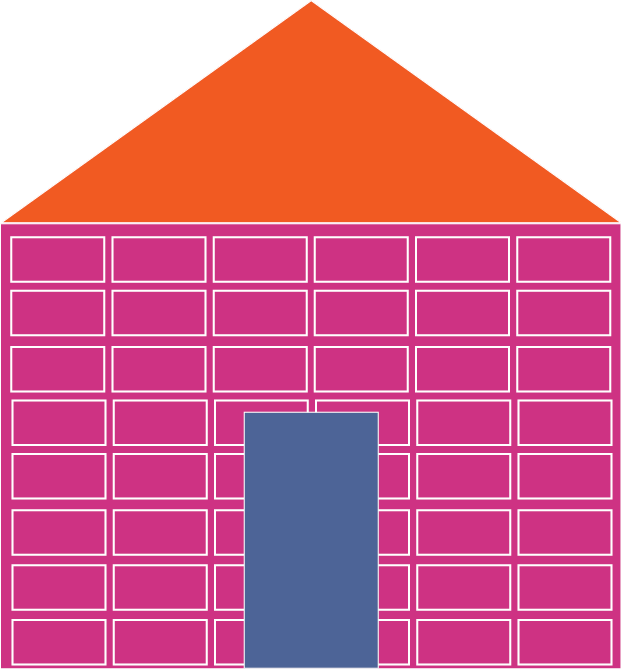
2. systems
To clarify the concept of patriarchy and the various systems of oppression, group participants construct a Master’s House. Where and how do we learn about being “women” and “men”? In mapping out gender rules, we understand patriarchy as a system – the Master’s House – rather than individual behavior or experience. The activity challenges us to consider how, in big and small ways, we ourselves build and maintain patriarchy.
Check out more movement-building tools about Intersectionality on our We Rise website.

